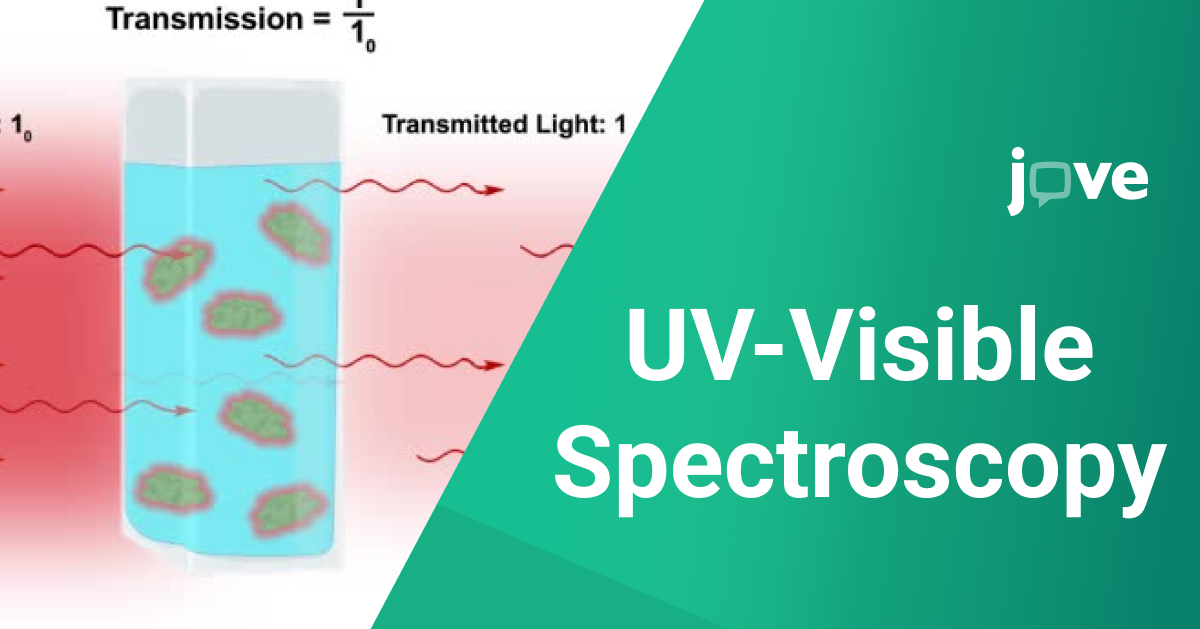What is UV-Visible Spectroscopy?
UV-Visible Spectroscopy, or UV-Vis, is an analytical technique used to measure the absorption of ultraviolet (UV) and visible light by a chemical substance. This method is commonly used in various fields such as chemistry, biology, and environmental science to analyze the properties of substances and their concentration in a solution.
- Ultraviolet (UV) Light: UV light refers to electromagnetic radiation with wavelengths shorter than visible light but longer than X-rays, typically in the range of 10 nm to 400 nm.
- Visible Light: Visible light is the portion of the electromagnetic spectrum that can be detected by the human eye, with wavelengths ranging from approximately 400 nm to 700 nm.
Preparing on how to Use a UV-Vis Spectrophotometer
- The UV-Vis spectrophotometer uses a light source that emits a broad spectrum of UV and visible light. Common sources include deuterium lamps for UV light and tungsten or halogen lamps for visible light.
- The light emitted from the source is directed through a monochromator, which disperses the light into its component wavelengths and allows the selection of a specific wavelength to pass through the sample. The selected wavelength light is then passed through the sample solution placed in a cuvette. The sample absorbs some of the light, and the amount of absorbed light is measured.
- The light that passes through the sample is detected by a photodetector, which measures the intensity of the transmitted light. The difference in intensity between the incident light and transmitted light is used to calculate the absorbance.
-
How the principle of Beer Lambert-Law works?
The principle underlying UV-Vis spectroscopy is the Beer-Lambert Law, which states that the absorbance of light by a substance is directly proportional to its concentration in a solution and the path length of the light through the solution. Mathematically, it is expressed as:
-
A=ϵ⋅c⋅lA = \epsilon \cdot c \cdot lA=ϵ⋅c⋅l, where:
-
- AAA is the absorbance;
- ϵ\epsilonϵ is the molar absorptivity coefficient;
- ccc is the concentration of the solution;
- lll is the path length of the light through the solution;
Applications of UV-Visible Spectroscopy
Based on the absorption of ultraviolet and visible light by chemical substances, this technique offers a wide range of applications, from quantitative analysis to kinetic studies. Here are some of the key applications of UV-Vis spectroscopy:
- Quantitative Analysis: UV-Vis spectroscopy is widely used to determine the concentration of a solute in a solution by measuring its absorbance at a specific wavelength.
- Qualitative Analysis: It helps in identifying the presence of specific substances based on their characteristic absorption spectra.
- Kinetics Studies: It is used to study the rate of chemical reactions by monitoring the change in absorbance over time.
- Quality Control: In pharmaceuticals, UV-Vis spectroscopy is used to ensure the purity and concentration of drugs.
How to learn UV-Visible Spectroscopy Work with JoVE.com?
To learn UV-Visible Spectroscopy using JoVE.com, start by exploring the extensive video library available on the platform. JoVE, or the Journal of Visualized Experiments, offers a wealth of peer-reviewed video articles that demonstrate scientific experiments and techniques. By searching for "UV-Visible Spectroscopy" on JoVE, you can find specific tutorials and demonstrations that cover the fundamental principles, instrumentation, and practical applications of this technique. These videos provide step-by-step instructions and visual explanations, making it easier to grasp complex concepts and procedures.
In addition to the video tutorials, JoVE.com offers supplementary materials such as detailed protocols, researcher interviews, and related articles that can enhance your understanding. Take advantage of these resources to gain deeper insights into the theoretical background and practical aspects of UV-Visible Spectroscopy. Whether you are a student, researcher, or industry professional, JoVE's comprehensive and visually engaging content can significantly aid your learning process and help you master the techniques and applications of UV-Visible Spectroscopy.
